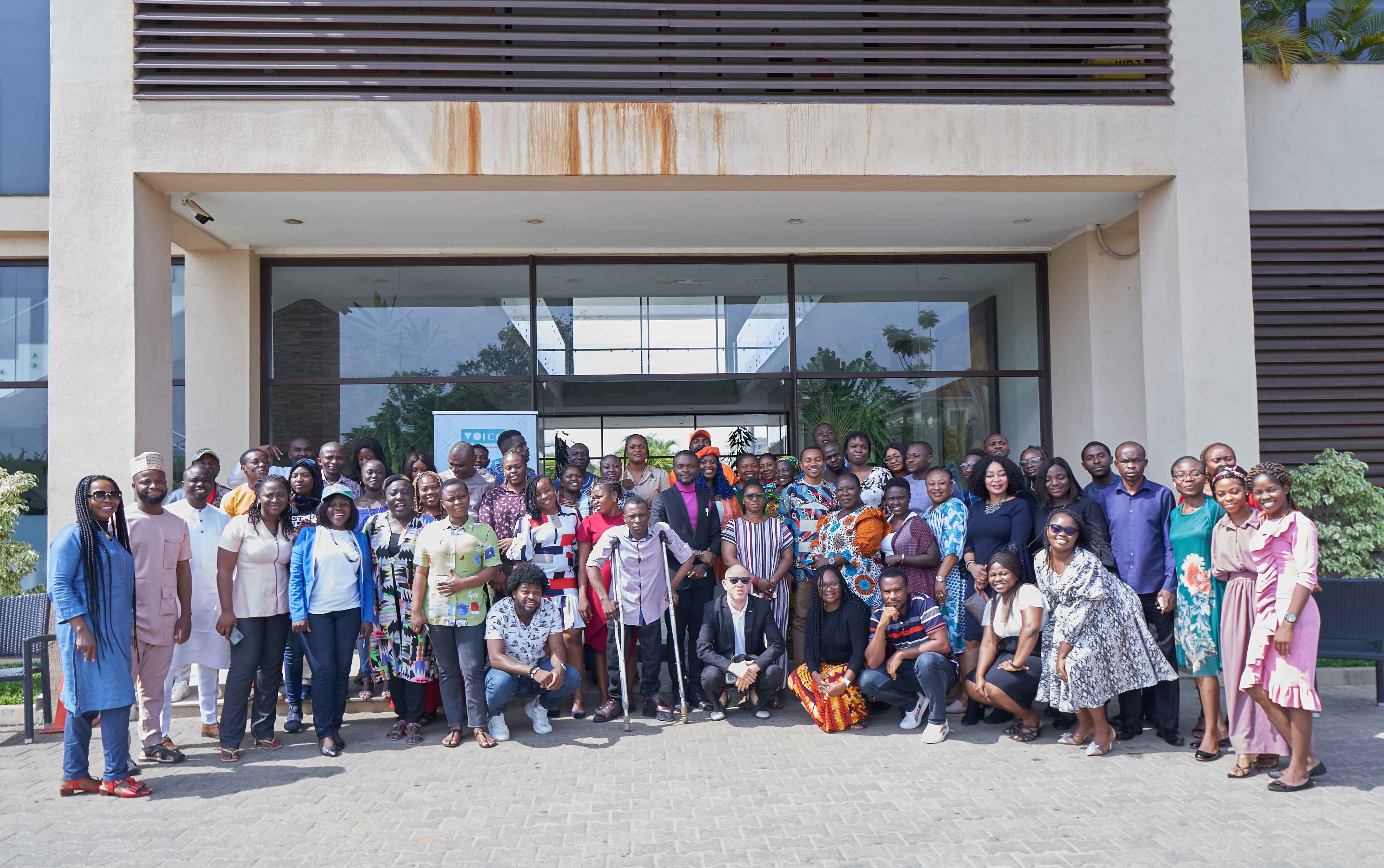
Telling Our Stories Through Documentaries
Highlights from an Open Space Session at the Voice Linking and Learning Event
Documentaries help to capture important aspects of our lives as humans including our thoughts, emotions and actions.
The lessons learned from documenting the challenges, successes and failures of an individual, organization or program could serve as a guide to others who are upcoming, and it could also help provide recommendations as to how to overcome certain issues and could serve as a form of motivation to others.
A well-documented event or project in an organisation could help draw the attention of potential investors and lead to funding opportunities. .
At the 4th edition of Voice Linking and Learning, a session was dedicated to enlightening participants about how to effectively document project work, the steps involved in producing a good documentary and the tools/equipment that are needed. The session was anchored by Dr. Seun Asala from Cognito and had about 15 participants in attendance. Below are a few highlights:
A major takeaway from the session was that documentary making is all about storytelling and storytelling starts with the audience and the message. The audience simply represents who you want that story shared with and the message is that key information you to pass across.
Major steps in creating a documentary include:
Determine your key message or story
Think about the audience for that key message
Conducting research (base your documentary on accurate facts)
Write a good story keeping in mind your key message and your chosen audience
Develop a plan for creating the documentary (including what to shoot, where to shoot, how to shoot, who to interview etc.)
Create a budget for the documentary
Get the right equipment and the right personnel
Go out and shoot!
Relevant Equipment in Documentary Making
Camera: A camera is an essential tool in documenting your work as this helps to capture images and footage to help deliver the story to your audience. It could range from as high as a professional DSLR camera down to a mobile phone which is still great considering the length to which technological advancements have gone today.
Microphone: Another important tool for producing an effective documentary is a microphone which helps to capture audio outputs from individuals, especially when conducting interviews, as well as sounds from activities happening within the story being told. Sound is a strong element of visual storytelling.
Tripod: A tripod is also a valuable tool to help to bring about stabilization in captured footage, creating a satisfying visual experience for our audience. Shaky footage is very distracting..
In conclusion, documentaries help to engage stakeholders, provide evidence of impact, and attract interest and resources (e.g. grants) from potential funders (donors and investors)

Comments
No Comment available!